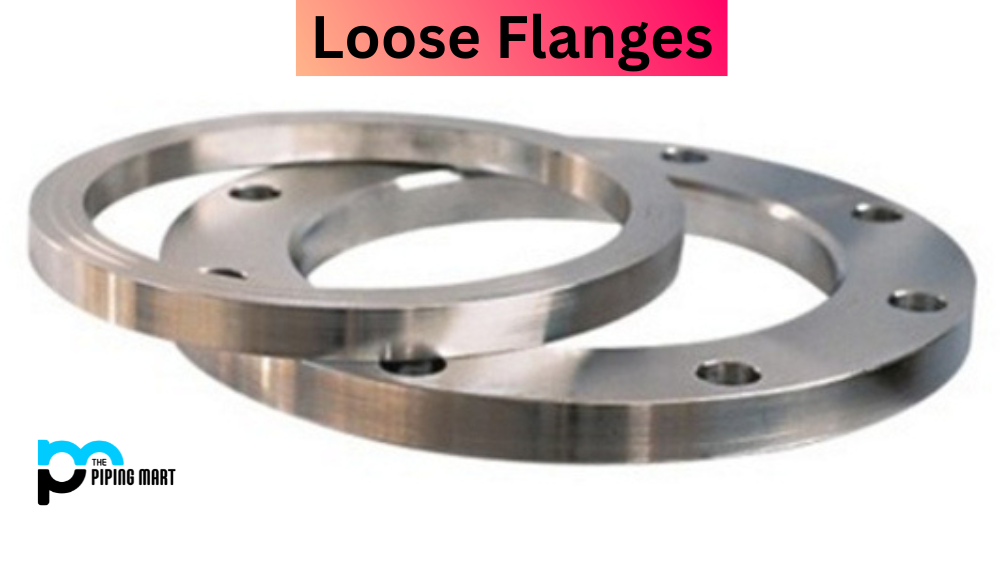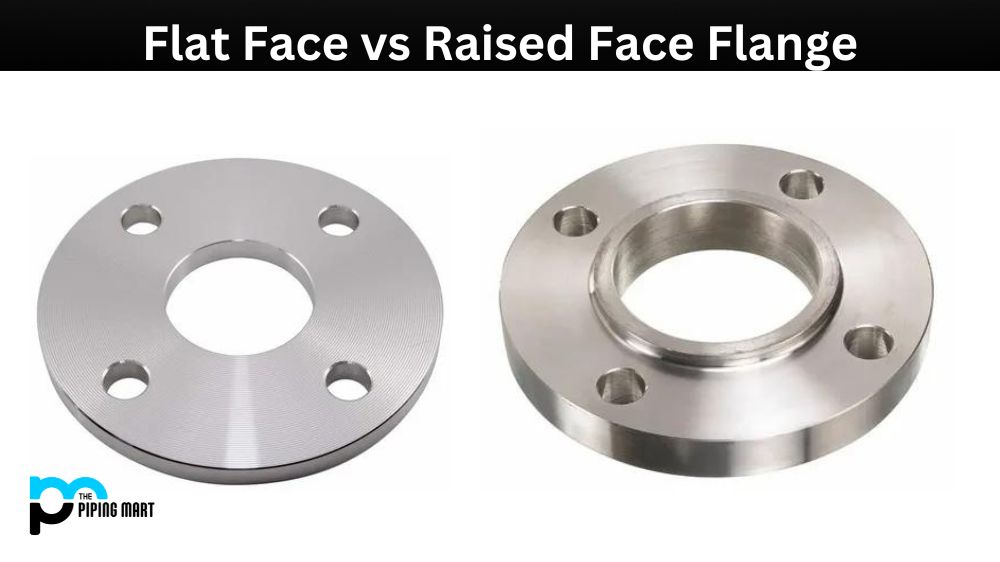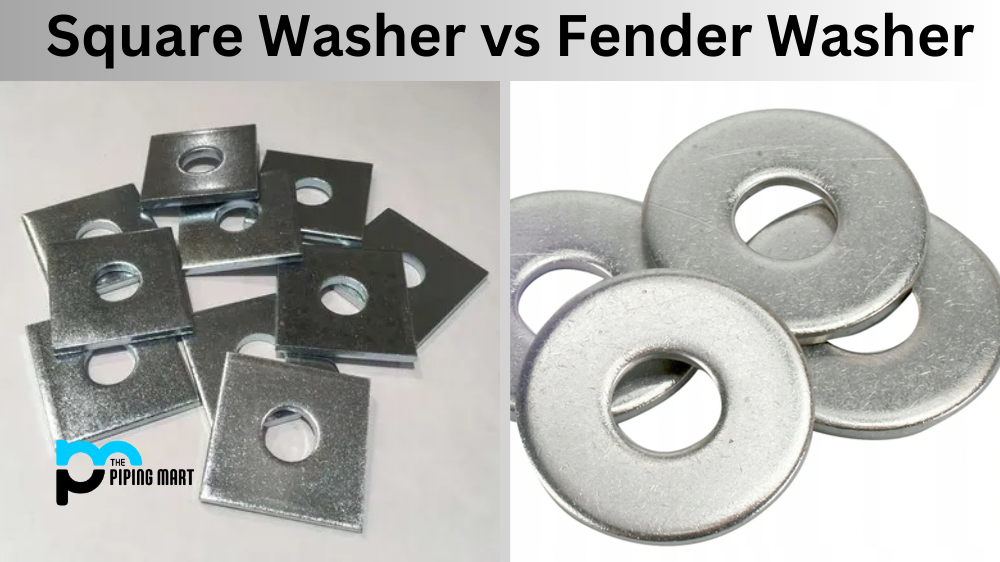In many projects and applications, loose flanges are used to connect pipes, valves, pumps and other equipment together. Loose flanges are just one type of flange, but they play an important role in the fabrication industry. Let’s take a look at the uses of loose flanges, how welding affects them and what types of loose flanges are available.
What is Loose Flanges?
Loose flanges are a piping component used to connect sections of pipes. Unlike traditional flanges, they aren’t welded directly to the pipe. Instead, a separate stub-end is welded to the pipe, and the loose flange is bolted. This design allows for easier assembly and disassembly, facilitating maintenance and repairs. Loose flanges offer flexibility and alignment adjustments due to their rotational movement capability, making them suitable for various piping applications.
Loose Flanges Uses
Loose flanges are most commonly used for connecting two pieces of pipe together. This is a common practice in both residential and commercial plumbing systems. Loose flanges can also be used in pressure vessels, boilers or anywhere else where two pieces of metal need to be joined securely. It is important to note that these types of connections should only be made with the help of a qualified professional since an improper connection could lead to dangerous leaks or other serious issues.
Loose Flanges Welding
When using loose flanges, it is often necessary to weld them together as part of the installation process. The most common way to weld a loose flange is with a TIG (inert tungsten gas) welding process. This welding process uses tungsten electrodes which are heated by an electric current passing through them. As the electrodes heat up, they melt the metal around them and join the two pieces together securely. TIG welding provides strong bonds between metal surfaces that can withstand high pressures and temperatures without any issues.
Loose Flanges Types
There are several different types of loose flanges available on the market today. Some examples include slip-on flanges, threaded flanges and lap joint stub ends. Slip-on flanges have raised faces with grooves that allow for easy installation onto pipes or pipe fittings, while threaded flanges have threads cut into them, which allows for easy installation with nuts and bolts. Lap joint stub ends provide additional support when connecting two pipes together as they fit into each other like puzzle pieces providing a secure bond between them without the need for welding or other specialized tools/techniques.
Loose Flanges Dimension
| Class | 150 | 300 | 400 | 600 | 900 | 1500 | 2500 |
| Diameter – A | 30 | 38 | 38 | 38 | 38 | 38 | 43 |
| Diameter – D | 90 | 95 | 95 | 95 | 120 | 120 | 135 |
| Thickness – B | 11.2 | 14.3 | 14.3 | 14.3 | 22.3 | 22.3 | 30.2 |
| Diameter – G | 35.1 | 35.1 | 35.1 | 35.1 | 35.1 | 35.1 | 35.1 |
| Diameter – K | 60.3 | 66.7 | 66.7 | 66.7 | 82.6 | 82.6 | 88.9 |
| Height – H | 16 | 22 | 22 | 22 | 32 | 32 | 40 |
| Bolt Holes | 4 | 4 | 4 | 4 | 4 | 4 | 4 |
| Diameter – L | 15.9 | 15.9 | 15.9 | 15.9 | 22.2 | 22.2 | 22.2 |
| Stud Bolts Diameter x Length | |||||||
| Diameter (in) | 1/2 | 1/2 | 1/2 | 1/2 | 3/4 | 3/4 | 3/4 |
| Length (mm) | 55 | 65 | 75 | 75 | 110 | 110 | 120 |
Conclusion
In conclusion, we have explored why loose flange connections are so popular in many industries today as well as how welding affects these connections and what types of loose flange connectors there are available on the market today. The uses for these connectors range from residential plumbing systems all the way up to industrial applications such as boilers and pressure vessels, where strength and safety must always come first. If you find yourself needing this type of connector for your project, make sure you talk to a qualified professional who can guide you through safely installing your connections. With proper care and maintenance, your connection will last for years!

Pipingmart is a B2B portal that specializes in metal, industrial and piping items. Additionally, we share the latest information and information about materials, products and various types of grades to assist businesses that are involved in this business.




